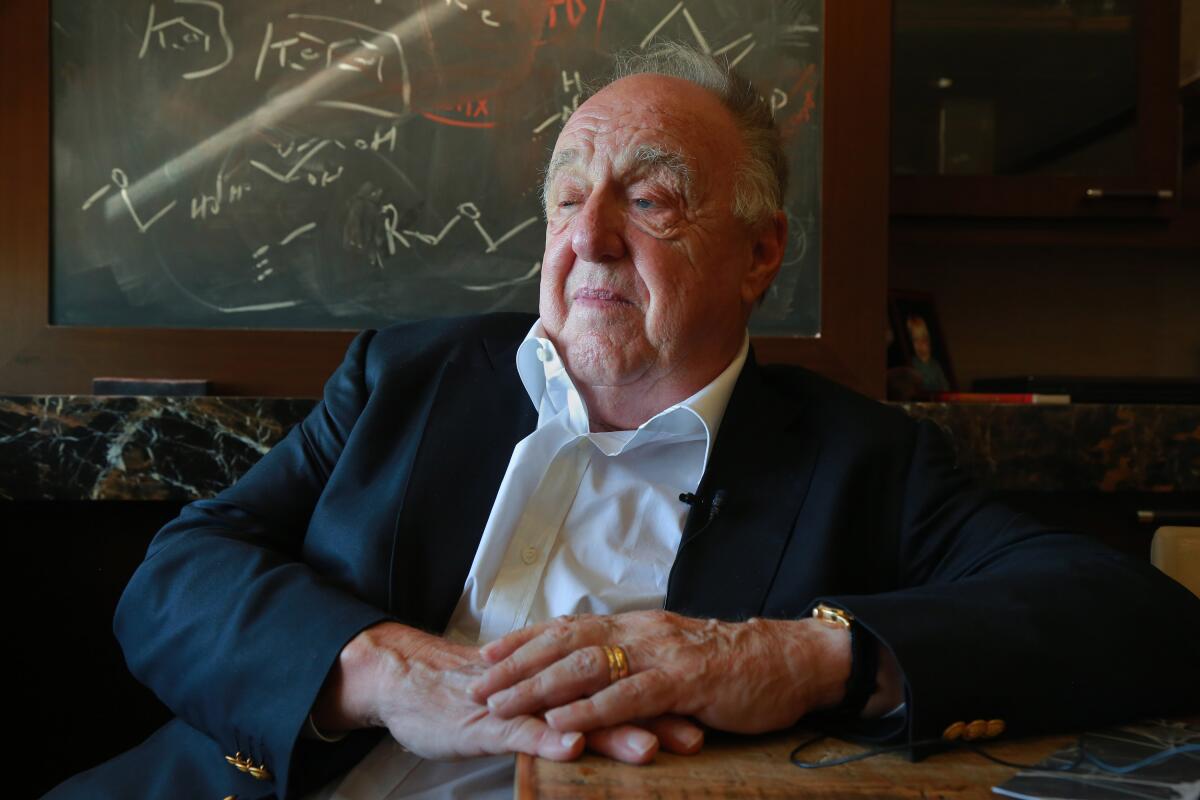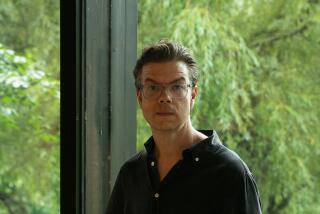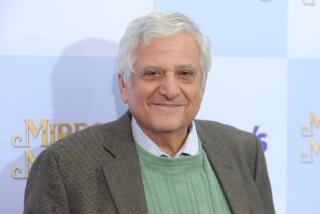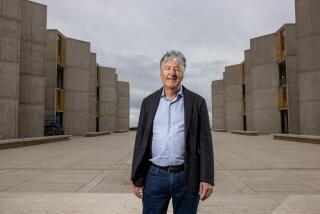Richard Lerner, biochemist who led Scripps Research Institute to prominence, dies at 83

- Share via
SAN DIEGO — Richard Lerner, the masterful biochemist who helped build La Jolla’s Scripps Research Institute into an elite center for biomedical science and helped develop the breakthrough drugs Humira and Benlysta, has died at age 83.
Lerner died Thursday at his home in La Jolla, the private nonprofit announced.
The news comes at an eventful time for Scripps, where Lerner nearly tripled the size of the institute during his 24 years as president, partly through ties with the pharmaceutical industry that helped produce Humira, which fights rheumatoid arthritis, and Benlysta, a treatment for lupus.
Benjamin List, one of Lerner’s former postdoctoral researchers, and Ardem Patapoutian, one of the institute’s current scholars, won Nobel Prizes this fall in different fields of study.
Patapoutian will receive the prize for physiology or medicine Wednesday in Irvine; some laureates are being honored there because COVID-19 issues have mostly shut down the traditional ceremonies in Stockholm. List, who is German, will pick up the Nobel in chemistry in his home country.
“Richard had a tremendous influence on science, the institute, and the lives and work of many of us at Scripps Research,” Peter Schultz, the institute’s president and chief executive, said in a statement.
“He was truly a giant and his vision, leadership and passion for science will be deeply missed.”
In 2017, the journal Nature described the institute as the most innovative center of its kind in the world.
Lerner was a self-described “lab rat” whose career spanned more than 55 years. In that time, he developed a reputation as something of a wizard for manipulating molecules and DNA for medicinal purposes.
Born Aug. 26, 1938, in Chicago, Lerner became interested in chemistry early in life, pursuing it as an undergraduate at Northwestern University and as a medical student at Stanford.
Lerner considered becoming a neurosurgeon. But he changed his mind in 1965, accepting a position as a postdoctoral scientist at Scripps Clinic and Research Foundation, which later became Scripps Research.
He briefly left for a job in Philadelphia, then returned to Scripps in 1970, where he served on the faculty for the rest of his life. He became the institute’s president in 1987 and decided to make Scripps as big a power in chemistry as it was in biology.
Biologists routinely figure out how health problems develop in humans. The entrepreneurial Lerner reasoned that many chemists spend their lives trying to create substances to fight afflictions. So he created a chemistry department to move things forward.
Colleagues say that Lerner had a gift for spotting and recruiting talent, pointing to the moment in 1991 when he hired chemist Barry Sharpless, who a decade later won a Nobel Prize for his insights about the nature of molecules, work that is essential for drug discovery.
Lerner’s own research heavily focused on the immune system and involved making the most of antibodies and DNA to treat or detect such things as arthritis, cancer and diabetes. This fundamental research led others to create Humira, which generated r $20 billion in revenue last year, and Benlysta.
“He was a visionary,” Sharpless said in a statement. “He saw what chemistry could do for medicine and biology.”
Lerner stepped aside as president in 2011, but that wasn’t the end of his career. He continued doing research, following a single-minded belief in original work to improve the human condition.
“There are scientists, some successful, some not, who run after the latest hot thing,” Lerner told the San Diego Union-Tribune in 2016. “My attitude is, if somebody else is doing it, I cheer them on. I sure as hell don’t want any part of it.”
Lerner is survived by his wife, Nicky, and three children, Danica, Arik and Aaron.
More to Read
Start your day right
Sign up for Essential California for the L.A. Times biggest news, features and recommendations in your inbox six days a week.
You may occasionally receive promotional content from the Los Angeles Times.







